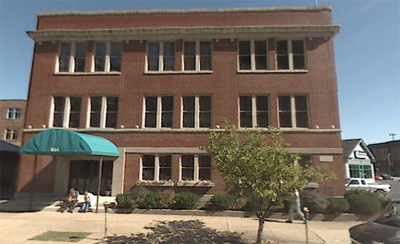From a press release:
Aaron Schock Earns Support from 9 Unions
(PEORIA) Representative Aaron Schock picked up the support of nine unions in his bid to succeed Ray LaHood as Congressman for the 18th District.
The unions include:
- National Education Association, NEA, the largest union representing teachers in the 18th District
- Illinois Education Association, IEA
- The International Union of Operating Engineers
- The National Association of Police Organizations, NAPO
- The Illinois Police Benevolent and Protective Union
- The Peoria Police Benevolent and Protective Union
- The International Association of Fire Fighters, AFL-CIO, FIREPAC
- United Brotherhood of Carpenters and Joiners
- Airline Pilots Association International Union
In issuing their endorsement, the NEA wrote to Schock saying, “The NEA and IEA are proud to support the election of federal candidates, like you, who measure up to the issues that most concern our members.
The NEA and IEA are the union representing the largest number of teachers in the 18th District.
Schock recently was the keynote speaker at the Illinois Police Benevolent and Protective Union’s annual convention in Springfield earlier this month. He received a warm welcome and rousing ovation for his remarks to the members and the leaders held a news conference with Schock announcing their endorsement.
NAPO represents more than 2,000 police unions and associations, 241,000 sworn law enforcement officers, 11,000 retired officers and more than 100,000 citizens who share a common dedication to fair and effective crime control and law enforcement.
The International Union of Operating Engineers; the Carpenters Legislative Improvement Committee of the United Brotherhood of Carpenters and Joiners; the National Education Association’s NEA Fund, and the International Association of Fire Fighters AFL-CIO FIREPAC also sent the maximum allowable $5,000 contribution to Schock’s campaign fund.
“I am honored to have the support of working men and women and the support of these organized labor unions,” said Schock. “I had a productive relationship with union representatives as a State Representative and my door will always be open as I try my very best to represent all the people of the 18th District.”


 The city’s Planning and Growth Department is spearheading an effort to review the portion of the Land Development Code (LDC) that deals with form-based code districts “to determine if all the regulations are performing as anticipated and to ensure compatible development which meets the purpose statements of the code.” Toward that end, they have done two things:
The city’s Planning and Growth Department is spearheading an effort to review the portion of the Land Development Code (LDC) that deals with form-based code districts “to determine if all the regulations are performing as anticipated and to ensure compatible development which meets the purpose statements of the code.” Toward that end, they have done two things: